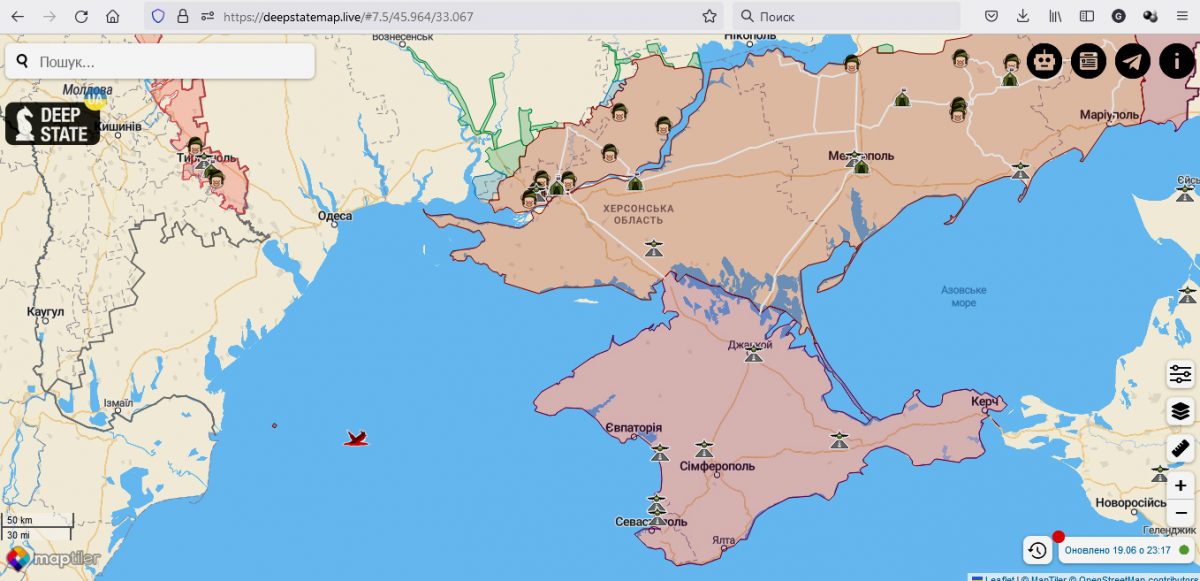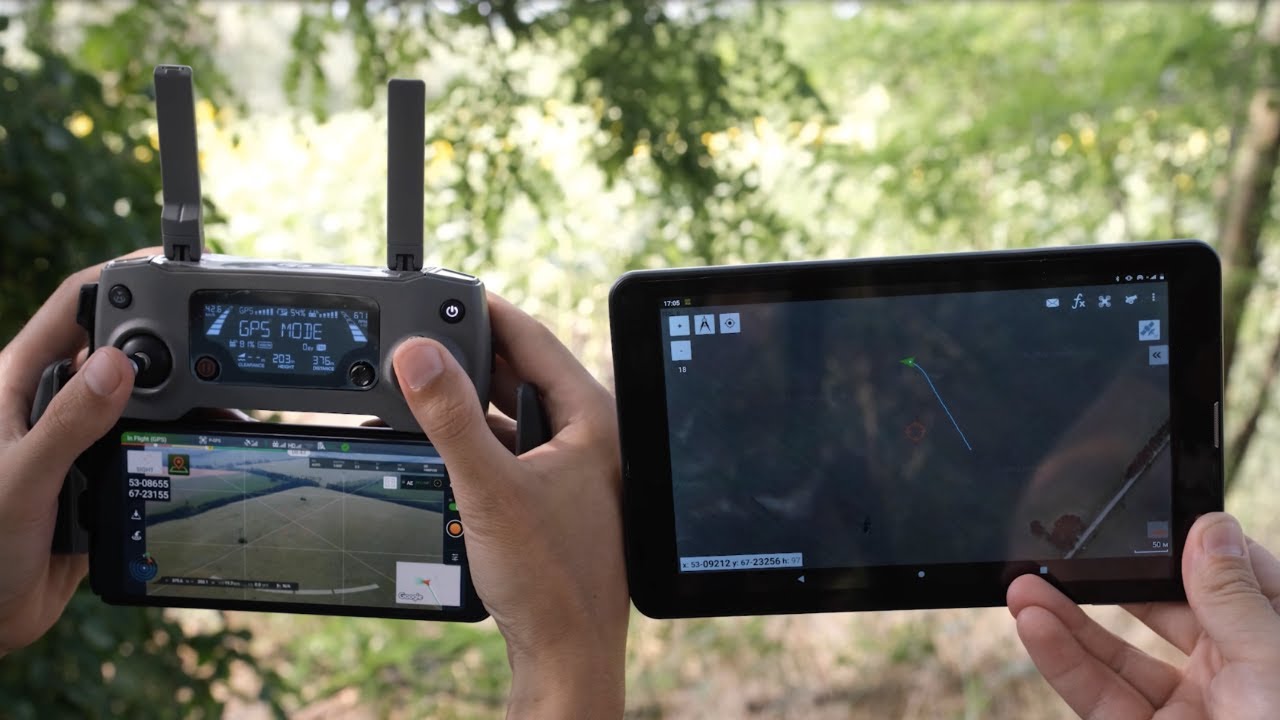After Russia’s invasion began on 24 February 2022, Ukrainians were overcome with fear, confusion, and despair. To protect their homeland, the citizens of the war-torn country became volunteers and joined the territorial defense and the army. Regardless of occupation or industry, almost everyone in Ukraine chose their own way to contribute to the country’s victory over the occupiers.
The IT industry and its specialists have played a significant role in the fight against Russia. According to IT Ukraine statistics, 3% of the industry’s specialists currently serve in the Armed Forces, 15% have enlisted in the cyber guerrilla army, and 82% continue to work, volunteer, and donate. In addition, the full-scale war boosted the development of digital tools, applications, and the military tech industry. As per ain.ua, robotics, augmented reality, and innovative decisions help Ukrainian soldiers to destroy the Russian occupiers more rapidly and efficiently.
Over 7,000 IT specialists joined the Ukrainian Army
The first line of Ukraine’s defense is protected by those who have sacrificed their lives for the country’s independence. During the first six months of the war, over 7,000 IT specialists joined the army. Among them are former programming and product design engineering professionals who joined the infantry, artillery, and assault brigades. Thus, unlike Russian conscripts, who are often mobilized from prisons, Ukraine’s 2022-2023 defenders are well-educated and intelligent.
According to a study by IT Research Resilience, 63% of Ukrainian IT companies report that one or several of their employees serve in the army, 28% of companies continue to pay full salaries to their personnel, and 64% partially compensate those salaries who defend the homeland.
In the early days of the war, the Ukrainian Army required essential equipment and supplies on the frontline. Most of the time, IT specialists supplied the units with the necessary equipment, including tactical medical kits, clothing, body armor, and drones.
Economic front
Russian war against Ukraine destroyed 40% of the Ukrainian economy and caused a loss of over $27 billion. The National Bank of Ukraine disclosed that during the first nine months of the invasion, IT companies paid the government $1 billion in taxes and attracted $350 million in investments. The statistics showed the IT sector was the country’s only profitable and growing industry.
In addition, IT helps specialists retain their jobs in challenging times. While Ukraine is facing a wave of unemployment, IT companies continue to hire, train, and offer internships.

Volunteer front
Some of the 5,000 IT companies in Ukraine regularly raise funds for the Ukrainian Army and humanitarian organizations. Many companies also donate money through charity funds such as "Come back alive" or KOLO, founded by a group of top IT managers.
According to the National Bank of Ukraine, the IT industry has contributed more than $500 million to the country’s victory over Russian invaders since 24 February 2022.
For instance, during the first five months of the war, members of the Kharkiv IT cluster donated more than $21 million to charitable organizations, while the Lviv IT cluster contributed over $300,000 as of the beginning of June.
Before the invasion, Genesis announced a donation of over $135,000 to the "Come back alive." In the first five months of the war, the company donated $2 million to charity organizations.
In addition, the SoftServe fund "Open Eyes" purchased and modernized 41 ambulances for the front line. It also delivered 370 tons of humanitarian aid, 15,673 units of personal protective equipment (PPE), and 5,800 units of computer equipment worth several million dollars to the military and NGOs.
Svitla Systems company donated $160,000, and Linkos Group, the developer of M.E.Doc accounting software, transferred $700,000. A software engineering company, Eleks, donated over $2.7 mn to the Ukrainian Army and humanitarian funds.
Moreover, stable incomes enable IT specialists to direct considerable financial resources to help Ukraine through individual contributions.
The DOU's survey revealed that the average IT specialist contributes $270 monthly to charity, and 25% of the professionals donate more than $600 monthly. Regardless of specialization, city of residence, gender, age, or other characteristics, the estimated average monthly contribution among the respondents is 10% of their salary.
Product development front
In peacetime, IT specialists develop software and applications that facilitate communication, entertainment, and simplification of mundane tasks. At wartime, Ukrainian IT experts have shifted their focus to developing technologies that save lives and accelerate victory. Here are some examples of new and unique tools developed amid the Russian invasion.
Air Alert application

Following a series of devastating missile strikes, on 1 March 2022, Ajax Systems announced the launch of a new app Air Alert, in partnership with stfalcon.com, supported by the Ministry of Digital Transformation of Ukraine. The app generates loud sounds alerting civilians of an impending airstrike, possible chemical attack, or technological catastrophe, even in the smartphone’s silent or sleep mode.
Threat warnings are provided by the oblast administrations of Ukraine, allowing citizens to reach shelters as quickly as possible. The application was developed in a single day, still requiring further improvements.
Cultural Space platform

In May 2022, the software development and consulting company SoftServe, the Ministry of Culture and Information Policy, and the Ukrainian Cultural Foundation established the Cultural Space platform to support Ukrainian culture during Russia's ongoing military aggression.
"The platform collects information about Ukrainian cultural figures, as well as enterprises, institutions, and organizations of the cultural sector that have found themselves in a difficult financial situation due to the full-scale Russian invasion. The information gathered will help in assessing the industry's funding and resource needs, as well as identifying opportunities to meet them," the Lviv Regional Military Administration said.
Be with UA

In May 2022, a team from CHI Software company introduced the Be with UA application that aims to help the Ukrainian Army. The app’s concept is simple: a user takes educational quizzes and watches ads, each view of which is worth 0.014 cents. Every thousand views earn the company $14. The team then sends money to Ukrainian defenders, IT Ukraine writes
.
DeepStateMap.Live

In the early months of the Russian war against Ukraine, IT developers created DeepStateMap.Live, the interactive map that provides an up-to-date and detailed visualization of military operations. It includes the location and movements of Russian troops.
According to Similarweb, the service ranks 23rd most visited website in Ukraine, surpassing TikTok and PornHub, as reported by Army Inform.
Zvook

Hear and destroy: Ukrainian artificial intelligence project Zvook helps shoot down Russian missiles
After Russian troops began bombarding Ukraine, a team of IT specialists quickly realized that a computerized system that could inform the air defense forces of incoming enemy missile trajectories would save many lives. In addition, Ukraine needed a solution to identify targets flying at low altitudes, making it impossible for surveillance systems to intercept and shoot them.
Then, a team of leading Ukrainian IT and telecom experts launched the Zvook project (“sound” in Ukrainian) based on machine learning (ML) technology that recognizes the engine sounds of Russian cruise missiles, helicopters, drones, and fighter jets and sends relevant data to air defense forces.
Delta monitoring system
The Delta situation awareness (SA) and battlefield management system (BMS) (intelligence gathering and management), compatible with NATO military equipment, has been developed since 2016. Since the Russian invasion, Ukrainian soldiers have actively used the system to collect, process, and display Russian troops’ position data. Delta played a significant role in the destruction of the Russian cruiser "Moskva" and the liberation of Zmiinyi (Snake) Island, Forbes reported
.
On 12 March, the developers added a special chatbot YeVoroh that allowed Ukrainians to send photos and videos of Russian troops and military equipment. According to the Ministry of Digital Transformation's report, 433,000 Ukrainians used the chatbot during the initial nine months of the war.
According to DOU, the National Guard, the State Border Guard Service, the State Security Service, the Ministry of Internal Affairs, and mobile operators have joined the Delta system
Nettles (Kropyva) app
IT specialists have also developed a new technological solution known as the "Kropyva" app or "nettle" in Ukrainian. This app helps save time on the battlefield while increasing strike accuracy.
After the outbreak of Russia's war in 2014, the Ukrainian army faced the problem of outdated maps. The Army SOS Foundation developed Kropyva, an automated control system to solve this problem. According to the organization's co-founder, Oleksiy Savchenko, about 90% of all Ukrainian artillery operators currently use it. Scouts transmit the coordinates of targets to a special app, which the nearest battery opens fire on.
"Thanks to Kropyva, we have one of the most accurate artillery in the world; the Americans are impressed," commented Oleh Berestovyi, a unit commander of the 15th Artillery Reconnaissance Brigade, Forbes reported.
Before the tool's implementation, artillerists received target coordinates via radio and had to manually calculate the necessary strike data. Kropyva has changed that. When entering the Russian position’s coordinates into the app, the system shares the information with the nearest artillery unit that opens fire, TSN reported.
Cyberfront
Russian hackers proved weak and ineffective compared to the newly established Ukrainian IT army, which successfully hacked the website of a notorious Wagner PMC owned by the FBI-wanted Kremlin oligarch Yevgeny Prigozhin.
On 26 February 2022, in response to Russian unjustified and unprovoked aggression against Ukraine, former Minister of Digital Transformation Mykhailo Fedorov called on IT specialists to join the IT army to target Russian and Belarus websites and services. Individuals and companies prepared to conduct cyber-warfare against occupiers can join the IT army and receive data breach instructions via Telegram and Twitter.
- IT companies specializing in cyber security and aware of its flaws.
- Cyber communities, volunteers, and groups also help the country’s fight for freedom.
- IT experts and newcomers to the world of information tech eager to learn (Distributed Denial of Service) DDoS attack techniques comprise the third group of the army.
The IT front’s mission is not only to repel Russian cyber attacks but also to take countermeasures. And Ukrainian IT troops could demonstrate to the rest of the world how to triumph in cyber warfare.
As of 30 August 2022, the IT army targeted over 6,000 Russian and Belarusian services, including government, education, banking, media, and military websites.
On 28 February 2022, two days after its formation, the IT army disabled the Moscow Stock Exchange’s website in five minutes. On 7 October, hackers breached the website of the Collective Security Treaty Organization (CSTO, an intergovernmental military alliance in Eurasia, and "congratulated" Putin on his birthday. On 3 November, the army targeted the Russian central bank and stole 27,000 files.
Furthermore, in September 2022, the Ukrainian hacker group Hdr0 attacked the Mosoblenergo website posting a picture of the burning Kremlin and Secretary of the National Security and Defense Council Oleksiy Danilov on the main page. Later, the group claimed responsibility for hacking Russian television in Altai, St. Petersburg, and occupied Crimea.
Related:
- How Russia’s invasion turned a Ukrainian mining town into an uber-volunteer hub
- Ukrainian “people’s” satellite helps nab Russian war equipment disguised in forests
- IT team converts used e-cigarettes into power banks for Ukrainian soldiers
- A strong civil society: the secret to Ukraine’s resistance
- “We joke that if a leg is amputated below the knee it doesn’t count.” Soldiers get advanced prosthetics in Ukraine

